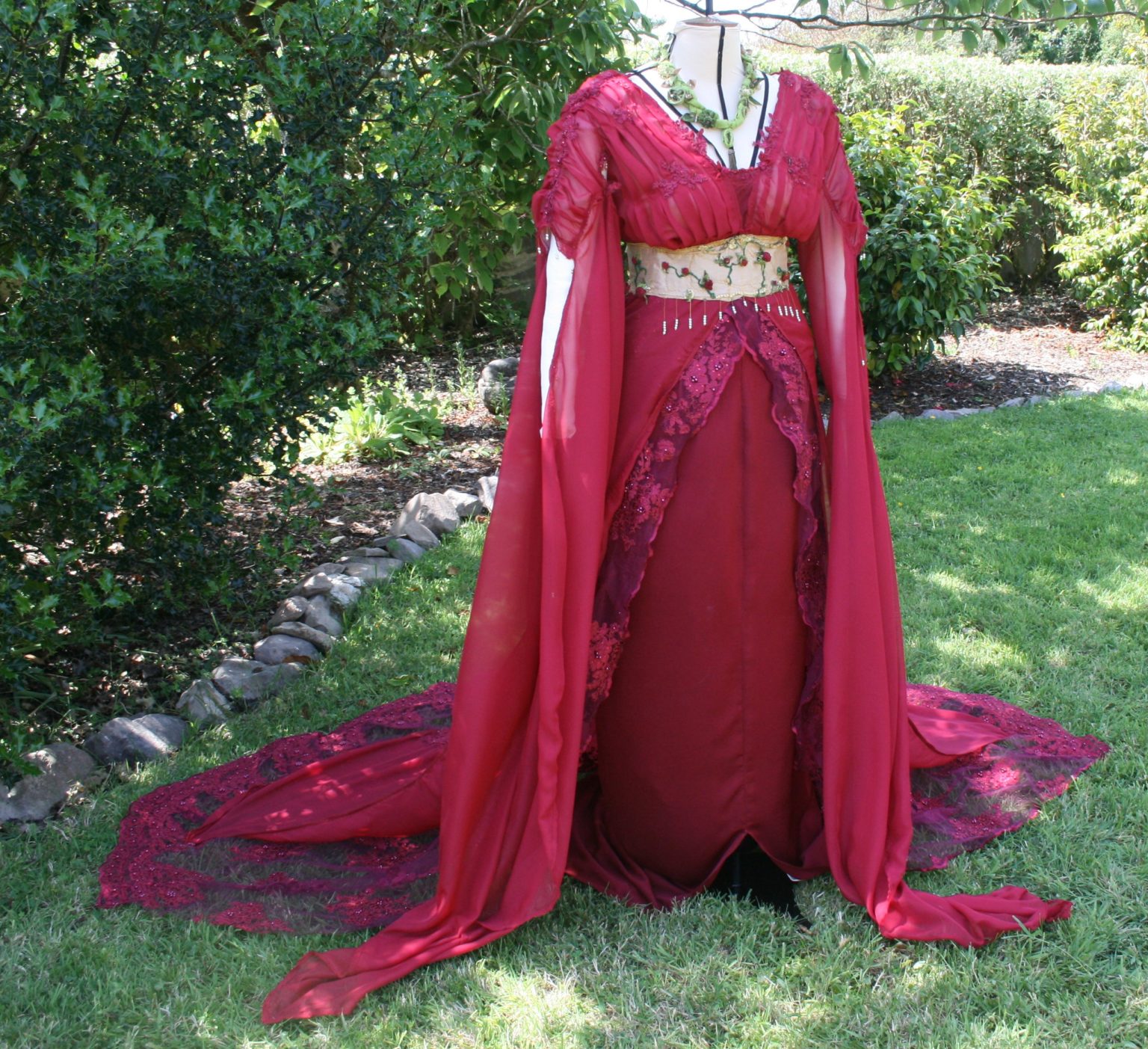
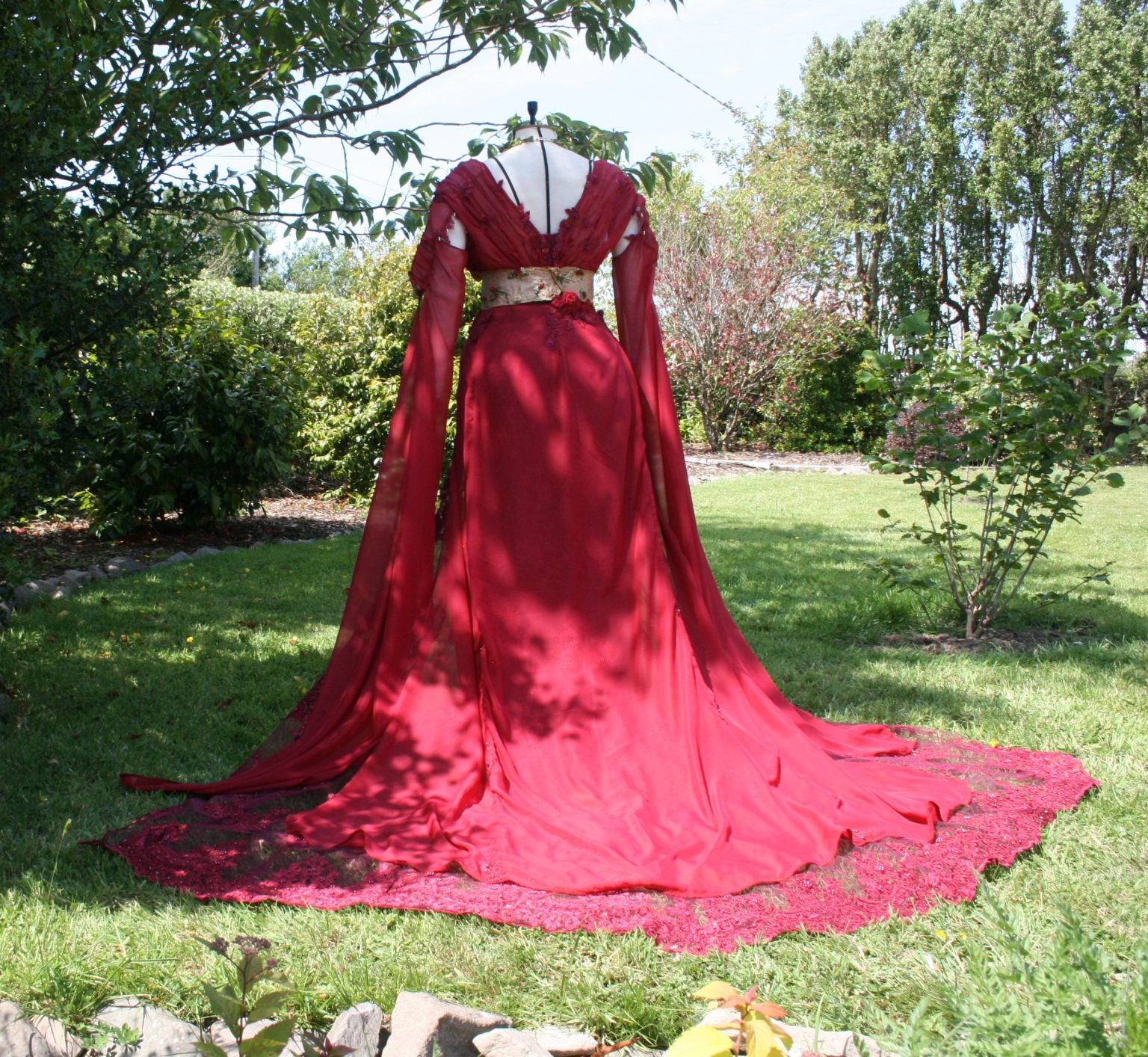

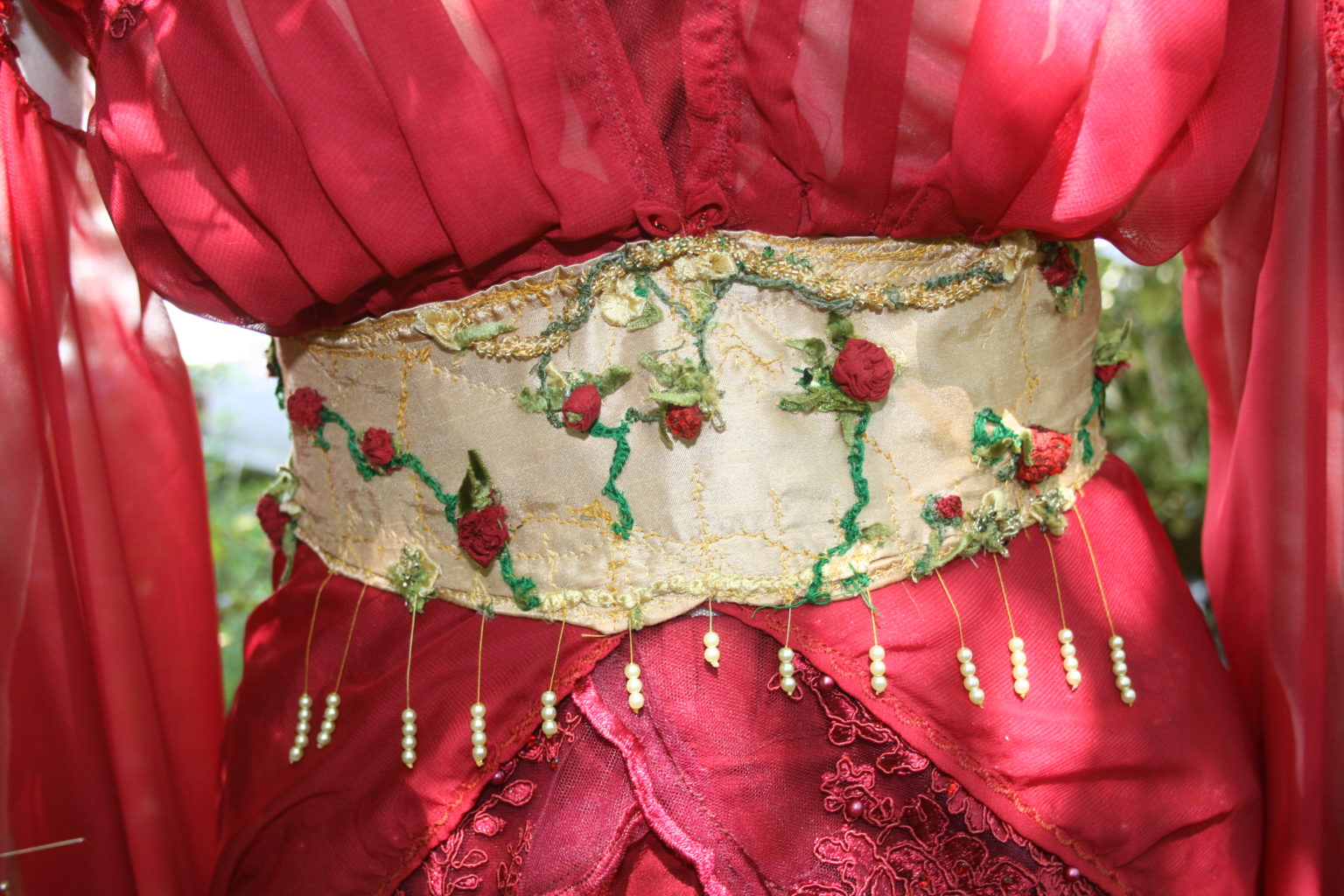
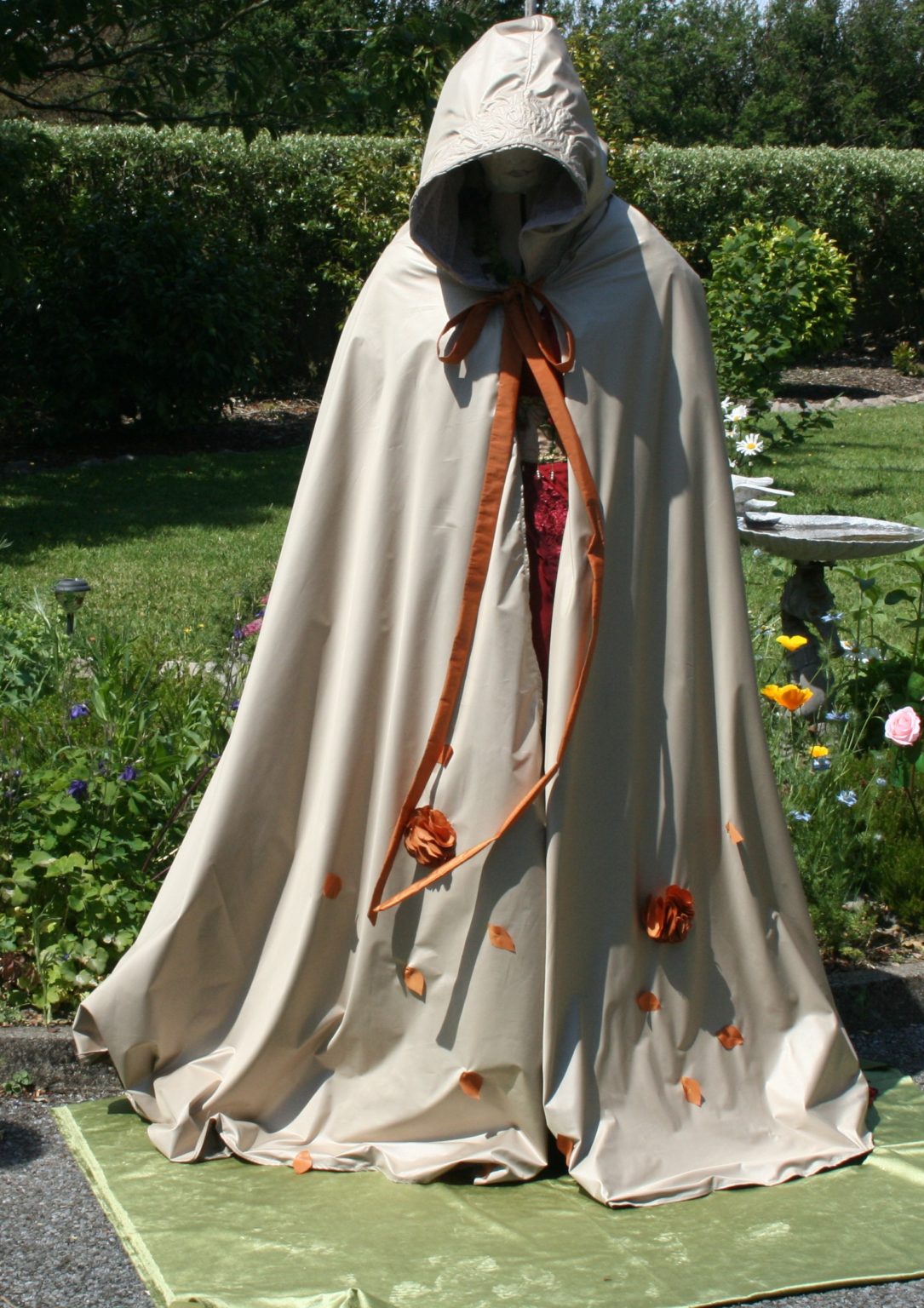
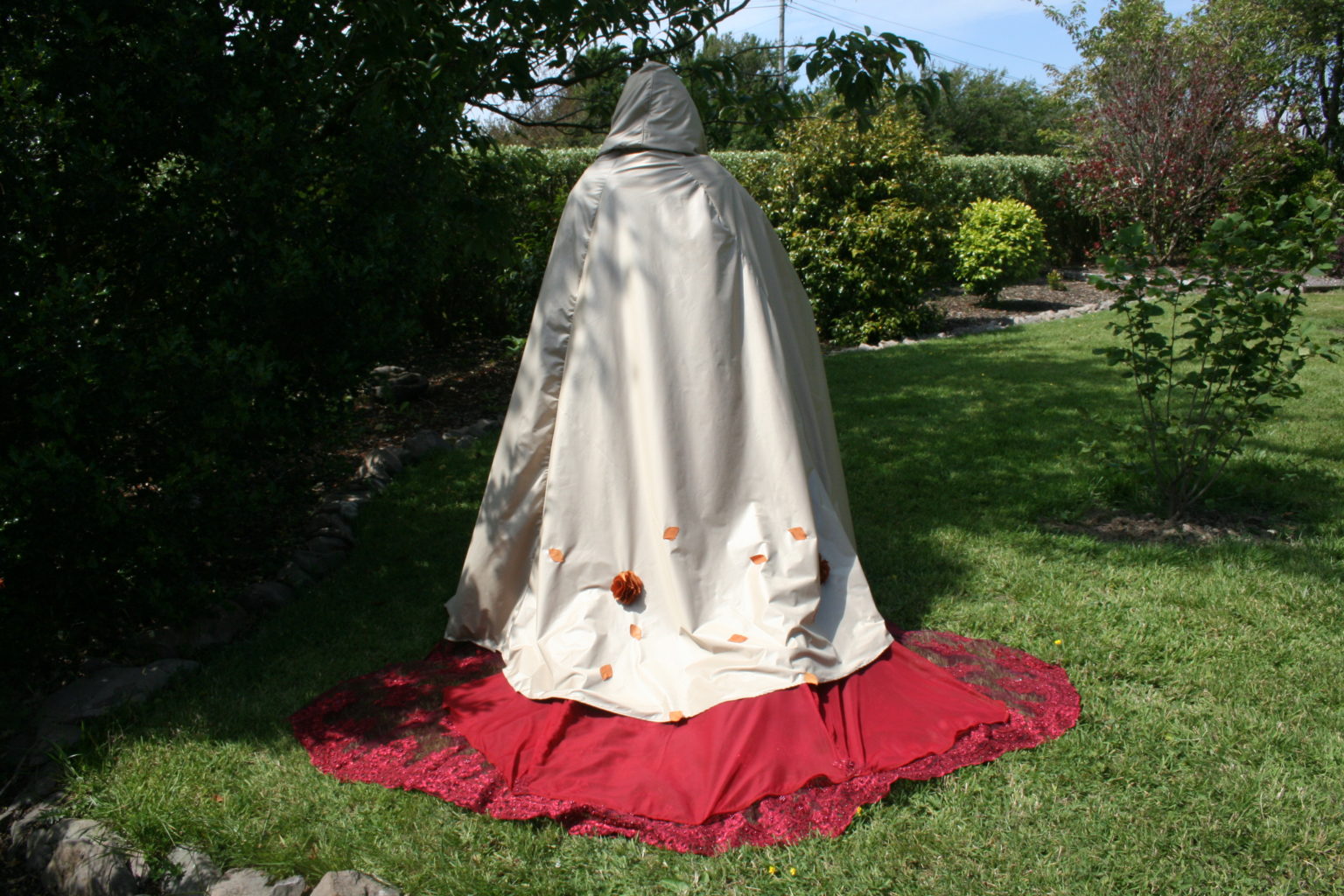
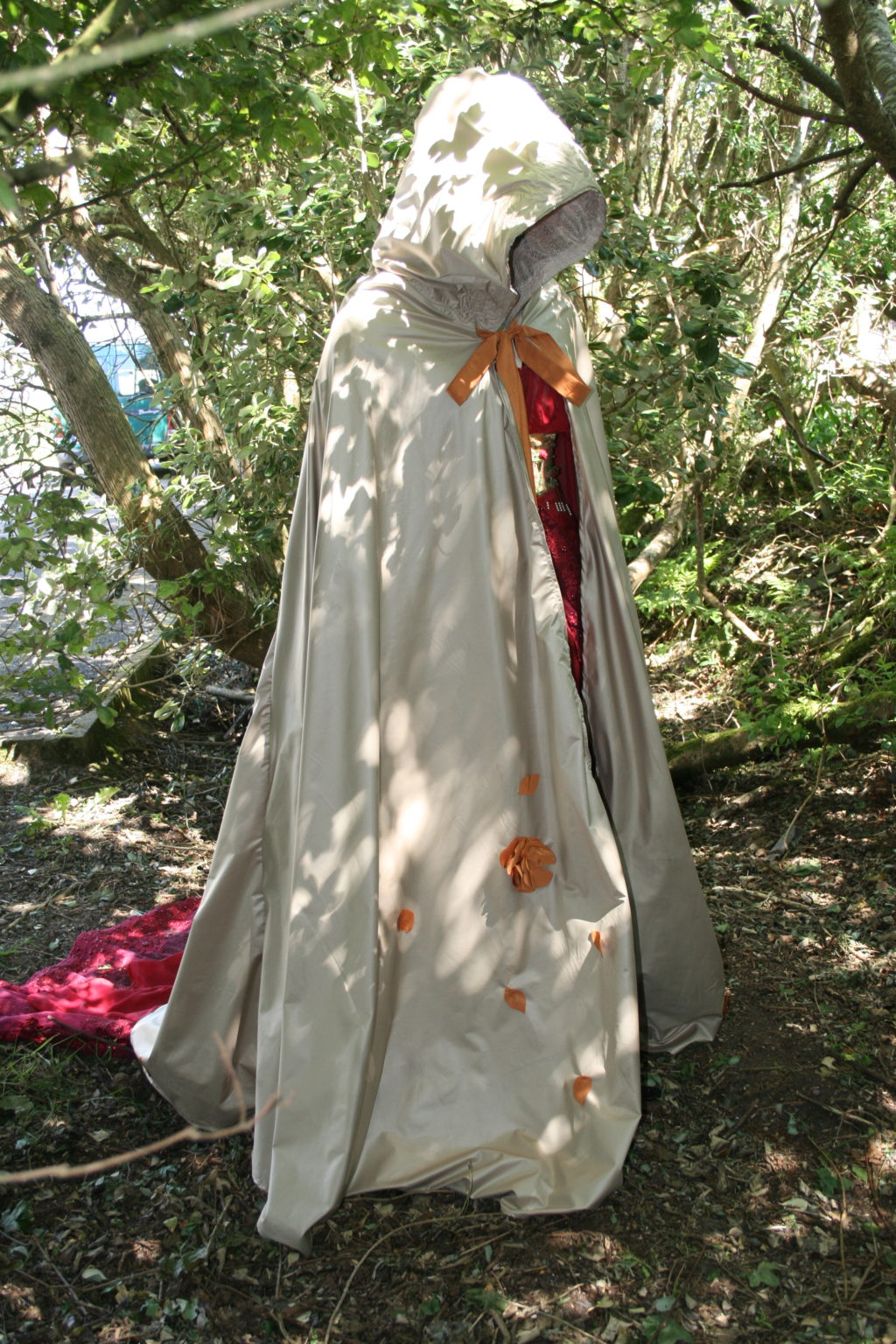
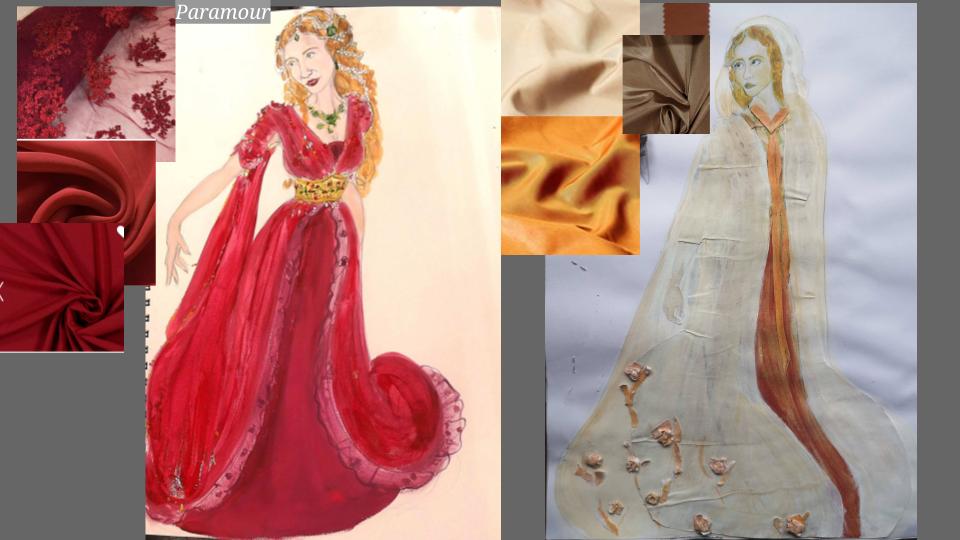

Jedderman by Hugo Von Hofmannsthal. The text Jedderman translating to Everyman is based on several medieval mystery plays, including the late 15th-century English morality play Everyman. The themes include Death, Religion particularly Roman Catholic , Morals , The Supernatural, Forgiveness, Faith, Repentance and Material Wealth. Jedderman interested me as a text, as this story has powerful themes that every human on this planet faces, the main theme is being faced with death. Everyman is confronted by death after a life of sin. His story is relatable to every individual no matter what religion, we will all one day be faced with death and reflect on the decisions we have made in life.
My version of the Everyman is designed for screen to bring the supernatural in this piece to full fruition. I portrayed a timeless world inspired by the work of the pre raphaelites who portrayed a beauty and romanticism in their work. During the late Victorian era at the time of the pre-raphaelites there was a dress reformation called aesthetic dress, the clothing was naturalistic and romantic it combined clothing from time periods that portrayed this, through a 19th century lens later designers such as Mariano Fortuny did this looking at the dress aesthetic from an early 20th century point of view. This inspired me to do the same in a modern context looking at designers such as Christian Dior and Alexander Mcqueen to achieve this. Both designer fashion couture for the men , inspired me to design something sleek but romanticized. And Alexander Mcqueen’s designs from savage beauty drew me to designing characters adorned with motifs from nature in relief or flat on clothing and accessories of the cast, to look one with nature, especially in scenes such as Act 4, when there is a large bulk of the main cast enjoying a banquet in a pleasure garden that is described to be lush with nature.








